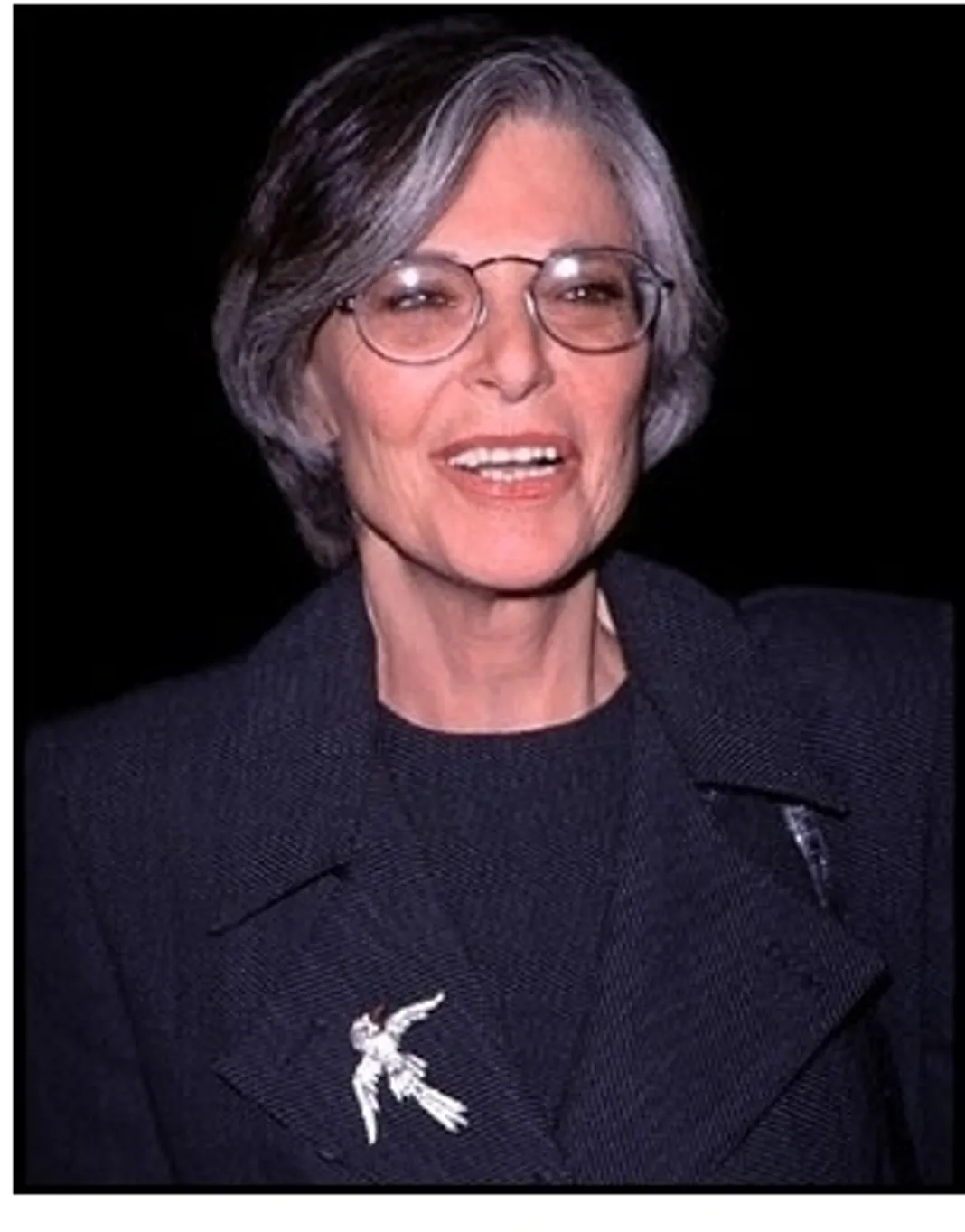
“Mrs. Robinson, you’re trying to seduce me. Aren’t you?
As The Graduate’s Benjamin Braddock, played by the neurotic Dustin Hoffman, utters this line, it instantly defines the Oscar-winning dark comedy. But the reaction by Ben’s seductress makes the moment one of the most memorable in cinematic history. She tosses her head back and just laughs. Classic.
And that’s just what the Oscar-winning Anne Bancroft, who brought the manipulative Mrs. Robinson to life, was: Classy. She unfortunately succumbed to uterine cancer June 6 at the age of 73 but left a long line of memorable film and stage performances in her wake.
Yet, even as the most lauded actresses of the 1960s and 1970s–earning five Academy Award nominations and one Oscar for playing Annie Sullivan, the teacher of a young Helen Keller (played by Patty Duke) in The Miracle Worker–everyone remembers Mrs. Robinson the most. And it was a part she almost didn’t take.
She told The Associated Press in 2003 nearly everyone discouraged her from playing the role of Dustin Hoffman‘s middle-aged seductress “because it was all about sex with a younger man.” Yet Bancroft saw something deeper, viewing the character as having unfulfilled dreams and having been relegated to a conventional life with a conventional husband.
“Film critics said I gave a voice to the fear we all have: that we’ll reach a certain point in our lives, look around and realize that all the things we said we’d do and become will never come to be–and that we’re ordinary.”
Still, all the talk about the controversial part continued to astonish Bancroft. “I am quite surprised that with all my work, and some of it is very, very good, that nobody talks about The Miracle Worker. We’re talking about Mrs. Robinson. I understand the world,” she said in 2003. “I’m just a little dismayed that people aren’t beyond it yet.”
“Her combination of brains, humor, frankness and sense were unlike any other artist,” Mike Nichols, who directed her in The Graduate, said in a statement. “Her beauty was constantly shifting with her roles, and because she was a consummate actress she changed radically for every part.”
Bancroft‘s beginnings in Hollywood were fairly uneventful. She started doing live television and then went under contract at 20th Century Fox in 1952, starring in a series of B-movies. Although her real name was Anna Maria Louise Italiano, she eventually changed it because it sounded too ethnic for movies. The studio gave her a choice of names; she picked Bancroft “because it sounded dignified,” AP reports.
In 1958, she decided to had had enough of film and headed to Broadway, winning her first Tony opposite Henry Fonda in Two for the Seesaw. The stage and movie versions of The Miracle Worker followed. Her other Academy Award nominations were for The Pumpkin Eater (1964); The Graduate (1967); The Turning Point (1977); and Agnes of God (1985).
Besides her own distinguished career, Bancroft was also known for being the other half of a powerhouse entertainment duo–having been married to Mel Brooks for nearly 41 years. According to the AP, Bancroft said in a 1984 interview she told her psychiatrist the day after meeting Brooks: “Let’s speed this process up–I’ve met the right man. See, I’d never had so much pleasure being with another human being. I wanted him to enjoy me too. It was that simple.” A son, Maximilian, was born in 1972.
Bancroft appeared in three of Brooks‘ comedies: Silent Movie, a remake of To Be or Not to Be and Dracula: Dead and Loving It. She was also the one who suggested that he make a stage musical of his movie The Producers. She explained that when he was afraid of writing a full-blown musical, including the music, “I sent him to an analyst.”
When Bancroft watched Nathan Lane and Matthew Broderick rehearse The Producers, she realized how much she had missed the theater. In 2002 she returned to Broadway for the first time since 1981, appearing in Edward Albee’s Occupant.
Along with Brooks and her son, Bancroft is survived by her mother, two sisters, a daughter-in-law and a grandson.


